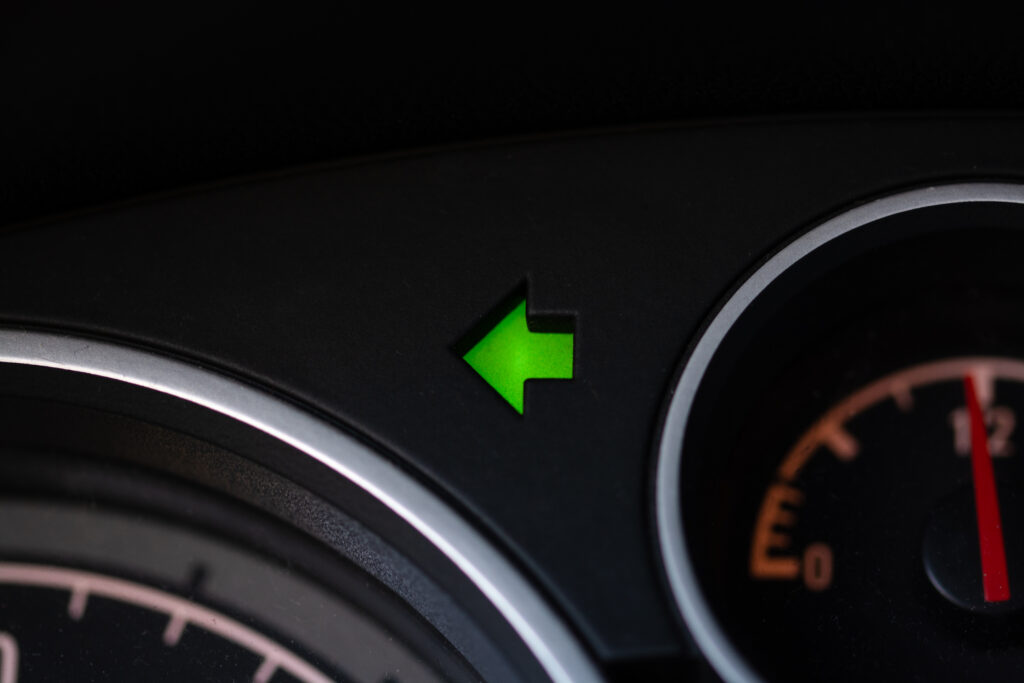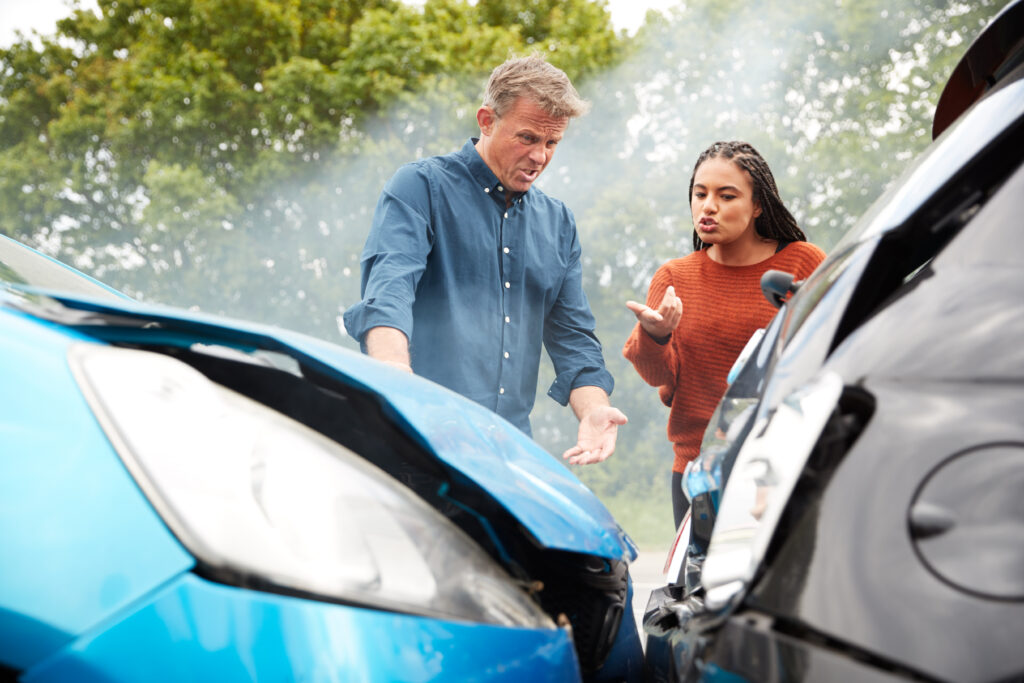7 Common Car Accident Liability Myths and the Truth You Need To Know
When you’ve been in a car accident, what you think you know about fault and liability can make a big difference in your case. At Dunnion Law, we’ve seen firsthand how common myths can confuse injured drivers and passengers — and even cause them to miss out on the compensation they deserve.

Knowing the truth can help you make better decisions and protect your rights. Here are 7 myths and the realities behind them.
Myth 1: Rear-End Collisions

Myth: Assuming the rear driver who hits the lead driver is always at fault.
Reality: While the rear driver is usually at fault, the lead driver may share fault if they brake-checked intentionally, had non-functioning brake lights or merged unsafely and immediately stopped. Every rear-end case is different. Details matter.
Myth 2: Left-Hand Turns

Myth: Thinking the left-turning driver always has the right of way.
Reality: Left turns must yield to oncoming traffic unless protected by a signal (like a green arrow). If a crash occurs, the turning vehicle is often at fault unless the other driver ran a red light or was speeding.
Myth 3: Green Light = OK!

Myth: Believing a green light clears you of fault.
Reality: Drivers still have a duty to proceed with caution. If you speed through a green and hit a pedestrian or a car already in the intersection, you could share liability.
Myth 4: Comparative Fault

Myth: Thinking only one person can be at fault.
Reality: In many states, including California, fault can be shared between drivers. For example, both could be 50% at fault if each made risky moves. Shared fault can directly impact the amount of compensation you recover.
Myth 5: Stop Signs

Myth: Assuming “They had a stop sign and I didn’t, so I’m clear.”
Reality: You must still drive defensively. If you sped through or didn’t watch for cross traffic, your insurance could share or absorb liability.
Myth 6: Road Conditions

Myth: Thinking accidents in bad weather are “no one’s fault.”
Reality: Even in rain, snow or fog, drivers are expected to adjust their speed and behavior. Failure to do so can be considered negligence.
Myth 7: Police Reports

Myth: Thinking the officer’s word is final.
Reality: Police reports are influential but not legally binding. Witness statements, dash cam footage and independent investigations can override or expand on their findings.
Need Help Figuring Out Myth vs. Reality?
If you’ve been injured and aren’t sure where you stand, don’t let myths get in the way of your recovery. At Dunnion Law, we’ve been helping injured Californians navigate the truth about liability for nearly 50 years. We’ll take on the legal burden and make sure the right parties are held accountable — so you can focus on healing. Contact us today to get started.